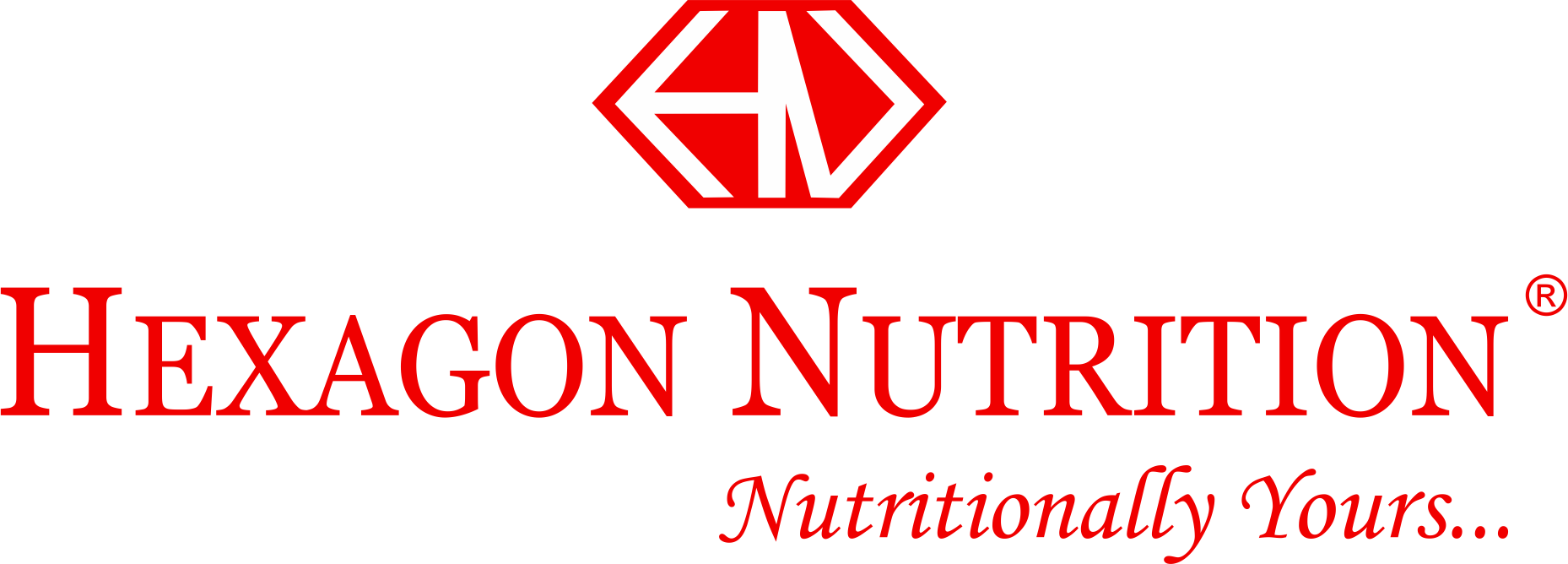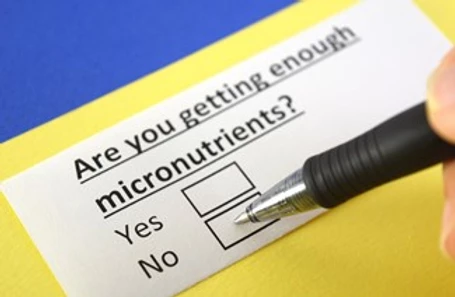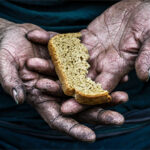Micronutrient malnutrition is a form of undernutrition caused by a dietary deficiency of vitamins or minerals. Vitamin A deficiency, iron deficiency anemia, and iodine deficiency disorders are the most common forms of Micronutrient malnutrition as discussed in one of our previous blogs (Add the link of “the prevalence of malnutrition” once it’s published)
● Vitamin A deficiency (VAD)
● Anemia
● Iodine deficiency disorder (IDD)
Let’s have a closer look into these Micronutrient Deficiencies:
Vitamin A deficiency (VAD)


Protein-energy malnutrition is often observed in VAD with a repressed synthesis of retinol-binding protein (RBP) due to protein deficiency leads to reduced retinol uptake. Excess alcohol consumption can exhaust vitamin A and other causes include fibrosis, pancreatic insufficiency, inflammatory bowel disease, and small-bowel bypass surgery.
VAD affects vision by hindering the production of rhodopsin, the eye pigment responsible for sensing low-light situations as the body stores of vitamin A is exhausted due to its low dietary intake Vitamin A deficiency often causes inadequate retinol intake, following in a decreased number of these T-cells/ lymphocytes, leading to poor immune response and ultimately a greater sensitivity to infections.
Treatment




Dietary diversification can also control VAD. Nominal sources of vitamin A like fruits and vegetables contain preformed vitamin A and account for greater than 80% of intake for most individuals in the developing world. The increase in consumption of vitamin A-rich foods of animal origin has beneficial effects on VAD.
“In animal sources, vitamin A is found as retinol, the ‘active’ form of vitamin A. Liver, including fish liver, is a very good source. Other animal sources are egg yolk (not white) and dairy products such as milk (including human breast milk), cheese, and butter also a great powerhouse for Vitamins. source: https://www.ncbi.nlm.nih.gov/pmc/articles/PMC3936685/’’
Anemia


Its prevalence is high in India because of poor socioeconomic status and indigent access to healthcare services. According to the National Family Health Survey 4 (NFHS-4) (2014-2015), 58.4% of children aged 6–59 months, 53.1% of nonpregnant women aged 15–49 years, 50.3% of pregnant women aged 15–49 years, 53% of all women aged 15–49 years, 22.7% of men aged 15–49 years, 54% of adolescent girls and 29% of adolescent boys were anemic in India.
“As per NFHS-5 Overall indicators for women have enhanced, but anemia has worsened in the state. The NFHS-5 data shows 57.2 percent of women in the age group of 15 to 49 years are anemic, a rise from 49.7 percent in NFHS-4. In urban areas, anemia rates are slightly lower than rural areas’’ Source: TheIndianExpress – https://cutt.ly/OvcM5GU
Causes
Any method that has an adverse impact on the balance between red blood cell creation and destruction can introduce anemia caused due to accidents; gastrointestinal lesion; menstruation; childbirth; excessive uterine bleeding; surgery; cirrhosis, which involves scarring of the liver, fibrosis (scar tissue) within the bone marrow hemolysis, etc.
Treatment


Let’s Make India Anemia Mukt is a government scheme is targeted at all children, adolescent boys and girls, pregnant and lactating women as well as women in the reproductive age group (between 15 and 49 years) under the Union Ministry of Health and Family Welfare run under the POSHAN Abhiyan, which aims at dropping the nation’s maternal anemia burden.
Iodine deficiency disorder (IDD)
Causes and Symptoms


IDD is often attributed to fetal hypothyroidism, mental impairment, and intensified neonatal and infant mortality where the most widespread is nodular goiter that eventually leads to thyroid autonomy and hyperthyroidism.
Treatment
The fortification technology ensures fortificant levels are safe and free from any toxicity at minimum cost escalation and no alteration in color, taste, or texture.
The Food Safety and Standards Authority of India (FSSAI), published guidelines on fortifying wheat flour and rice with iron, vitamin B12, and folate, fortifying edible oil and milk with vitamins A and D, and double fortification of salt with both iron and iodine.
The Ministry of Women and Child and the Ministry of Human Resource Development issued instructions in mid-2017 for mandatory use of fortified wheat flour, rice, oil, and double fortified salt in the social safety net feeding programs including Ministry of Consumer Affairs, Food, and Public Distribution to consider supplying fortified wheat flour under PDS.
All these deficiencies can be fought if we incorporate smaller changes that leave a larger impact and we at Hexagon Nutrition aim to build this kind of impact through food fortification. Check out our website https://hexagonnutrition.com/ and learn about different products that support a healthy lifestyle because we know that being healthy is not an end goal, it’s the way of living your life, Right now!!



